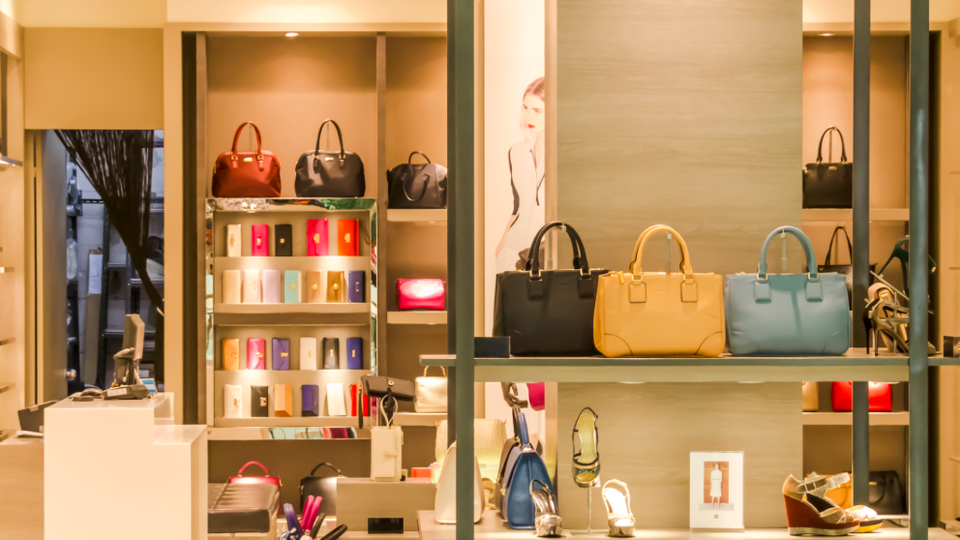Regions traditionally famed for richness in resources are set to be home to some of the biggest luxury hotels, both in terms of brands and investment

Regions traditionally famed for richness in resources are set to be home to some of the biggest luxury hotels, both in terms of brands and investment
There are certainly more than a few regions that have dominated luxury hospitality news this year. China certainly comes to mind, as luxury brands have begun to serve corporate travellers expecting the best in Tier 2 and Tier 3 Mainland cities. Similarly, we saw a cavalcade of openings in India’s Hyderabad, Rajasthan, New Delhi and Bangalore, as India’s wealth swelled and prosperity welcomed more and more travellers to lesser-frequented parts of country.
London, in preparation for the 2012 Olympics, became a hive of launch and refurbishment activity. The Four Seasons opened overlooking Hyde Park, construction completed on The Corinthia and The Dorchester Collection inaugurated 45 Park Lane. Paris became the home to the Palace hotel rating system, as it was announced that doors are to close on the Ritz in 2012, to undertake two-years worth of unprecedented renovations. The media was quick to note the ‘Asian Invasion’ as brands such as Raffles, Shangri-La and Mandarin Oriental, opened their doors to their first French locations.
But as 2011 nears its close, a host of lesser-known locations are emerging as priorities for brands such as Sofitel, Marriott, Four Seasons, Hilton, Kempinski and even Armani Hotels. Regions traditionally famed for richness in resources are set to be home to some of the biggest luxury hotels, both in terms of brands and investment. This week we identified five key regions for future luxury hotel development and chartered who is slated to open, when and where.
Hotel Sofitel Legend Old Cataract Reopens in Aswan, Egypt
North Africa
Political turmoil across North Africa seems not to have deterred luxury hoteliers from banking on the region’s potential. Most recently, Qatar National Hotels Company (QNH) and the government of Morocco signed an investment agreement to restore the former Tazi Palace in Tangier into a five-star, 120-room hotel – an investment of $55 million by QNH.
Armani Hotels, in partnership with Dubai’s Emaar Properties, remain equally optimistic, re-focusing on plans to open resorts in Egypt and Morocco, following the recent launch of Armani Hotel Milano. Work is continuing on an Armani villa project in Marassi, Egypt and an Armani resort in Marrakech, despite political upheaval forcing several developers to reassess plans throughout the region, and in some cases delay projects indefinitely.
Sofitel recently re-launched the Old Cataract Aswan, located on the banks of the Nile River, following three-years of restoration under its Legend brand. Back in August, Hilton launched the 370-room Hilton Marsa Alam Nubian Resort in Egypt, overlooking the Red Sea, designed to reflect the ancient history and heritage of the Nubian culture.
“ In a report, the property adviser CB Richard Ellis said occupancy levels of Bahrain’s hotels had fallen to between 5 and 10 percent ”
The Kingdom of Bahrain
Marriott is the latest hotelier to show a commitment to the Kingdom of Bahrain, most specifically to Bahrain Island, located within a small archipelago of 33 islands near the western shores of the Persian Gulf. The move comes despite recent turmoil in the tourism industry, when political unrest forced the postponement of the Formula One Grand Prix.
The interim cancellation robbed hoteliers of the year’s single biggest event and left an estimated $600 million hole in the economy. In a report, the property adviser CB Richard Ellis said occupancy levels of Bahrain’s hotels had fallen to between 5 and 10 per cent. Despite current pessimism, the JW Marriott Manama is slated to open in 2016, comprising of 274 rooms and suites and 102 residences in Bahrain Bay, under a management agreement with owner Khaleejcapita. The 50-storey tower forms part of a $2.5 billion bay development master planned by Skidmore, Owings and Merrill.
Earlier in 2011, both Kempinski and Sofitel launched properties in Bahrain. Kempinski’s Grand & Ixir Hotel opened more than two years behind schedule, developed by Majid Al Futtaim Group, the developer behind Dubai’s Mall of the Emirates. Sofitel opened doors on a 262 room beachfront hotel, featuring nine restaurants and bars and the Thalassa Spa in a bid to capitalise on local market just as strongly as visiting guests.

The expansive Hotel Sofitel Bahrain Zallaq Thalassa Sea & Spa
Mongolia
Earlier this year, The Wall Street Journal described Mongolia as The Luxury Frontier, detailing retail launches by Louis Vuitton, Burberry, Zegna, Emporio Armani and Hugo Boss, as well as Burberry within an upcoming Shangri-La property, as a signal of an increasing appetite for luxury. Surprising given the population is just 2.8 million people, where the livestock outnumbers the people 16 to 1.
Louis Vuitton CEO, Yves Carcelle, felt confidently about potential in the region, despite its relatively small market size: “One to two thousand people is all you need. You can’t judge by average income—average doesn’t mean anything. The question is, do you have a few thousand people who can afford luxury? What you need is a stable political environment and the necessary environment to put your store where you are the place.”
Hyatt clearly agrees, recently signing management agreements for it’s first two branded hotels in Mongolia. A 259-key Hyatt Regency Ulaanbaatar will open adjacent to the Dund River in the country’s capital city. The Hyatt Regency Ulaanbaatar Turtle Rock, located in a national park 25 miles from the city centre, will have 131 guestrooms and suites, 30 traditional Mongolian Gers (yurts).
“ Saudi’s Kingdom Tower is seen as a key component of economic diversification, in a bid to become less reliant on crude oil that has fuelled the economy for decades ”
The Kingdom of Saudi Arabia
As the luxury hotel landscape in Dubai, Doha and Abu Dhabi moves into maturation, The Kingdom of Saudi Arabia is emerging as the next big luxury destination in the Middle East. Recently noteworthy, the first Ritz-Carlton property in the region – The Ritz Carlton Riyadh – a palatial hotel with 493 rooms and suites, set within over 50 acres of magnificent landscaped gardens.
The Kingdom is also set to begin building the world’s tallest skyscraper, in a bid to outdo Dubai’s record-breaking Burj Khalifa, inaugurated in 2009. An investment firm called Kingdom Holding Co. is headed by billionaire Prince Alwaleed bin Talal signed a $1.2 billion deal with the Saudi Binladen Group to build Kingdom Tower in Jeddah. Over five million square feet of interiors will house a Four Seasons hotel, serviced apartments and luxury condos and offices, in the Red Sea city of Jeddah. The project is seen as a key component of economic diversification, in a bid to become less reliant on crude oil that has fuelled the economy for decades.
Hilton just announced plans for six hotels in Saudia Arabia, which will be part of the Jabal Omar development in the holy city of Mecca (Makkah). Brands slated for the project include Conrad, Hilton, and DoubleTree, and will bring the total number of hotels in the company’s development pipeline in the country to 12, more than 6,000 rooms. Kempiniski are looking to open the 141-room Al Othman Hotel in 2012, the third addition to the Kempinski Hotels’ portfolio of future properties in the Kingdom. Kempinski Hotels in Riyadh and Jeddah are also expected to open during 2012.

The Ritz-Carlton Riyadh, Saudi Arabia
Azerbaijan
Finally, Azerbaijan – more specifically Baku – has made the headlines a few times in recent months, following openings by Hilton, Kempinski and Fairmont. Azerbaijan is the largest country in the Caucasus region of Eurasia, located at the crossroads of Western Asia and Eastern Europe, with an estimated population of just over nine million people. The region has most recently become interesting to luxury hoteliers, following the openings of Park Hyatt, Radisson Blue and Hilton brand hotels.
Hilton Baku opened this October, marking the brand’s debut in Azerbaijan. The 25-story property overlooks the Caspian Sea and cityscape and contains Hilton’s first eforea spa in Europe. Kempinski and Fairmont hotels launched under a different approach – both opened as part of retail and entertainment complexes as opposed to stand-alone buildings.
The 283-key Kempinski Hotel Badamar is located within the Badamdar Complex, where outside the hotel guests and visitors can enjoy three levels of shopping, one level of entertainment and numerous restaurants and bars. Similarly, the Fairmont Baku":Fairmont is scheduled to open late 2011, as part of a new complex, the Flame Towers, which will incorporate hotel, residential and commercial spaces, linked by centrally located retail and leisure facilities.










